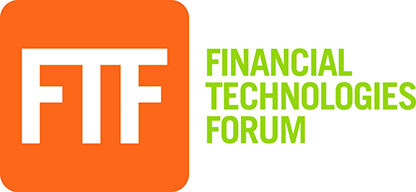What is a unified managed account also known as a UMA? In simple terms, it is a way to unify a client’s managed assets into one account. Instead of having one account for a large-cap separately managed account (SMA), another one for a fixed income SMA, and a third one housing mutual funds and exchange-traded
Buy-Side
What’s at the Heart of Investment Skills?
Investment skill is the raison d’être of the asset management industry. Asset managers are paid to have it and their clients pay them for it. Despite this, empirical evidence of its existence, and what it looks like in practice, up to now, has been sparse, to say the least. We at Inalytics have filled that
Automation
T+1 in Canada: Same Goal, Different Plays
Canada and the U.S. have shared a common standard securities settlement cycle for longer than most in the industry today can remember. Industry participants in both countries successfully moved from a standard cycle of five to three business days after trade date (from T+5 to T+3) in 1995 and from T+3 to T+2 in 2017.
KYC
How the Unique Transaction Identifier Solves Post-Trade Challenges
Securities settlement fails are costing the industry billions in operational overheads and fees today. This is only intensifying under the Central Securities Depositories Regulation (CSDR) Settlement Discipline Regime in Europe and shortening settlement cycles. With the deadline for T+1 settlement implementation coming up on May 28, 2024, in the U.S., solving post-trade frictions that get
KYC
Turning Margining Challenges into Solutions
(Editor’s Note: In this guest post for the Bull Run, Varqa Abyaneh, chief product officer from Quantile Technologies Ltd. focuses on industry participants grappling with the costs of funding multiple margin requirements globally.) Designed to improve the safety and stability of markets, regulation inevitably increases the cost of trading. Participants are still expected to deliver
Automation
Don’t Think like a Human When Designing RPA Systems
Robotic process automation (RPA) is undoubtedly the hottest topic in discussions about the architecture and functionality of modern financial back-office support systems, including post-trade operations. What started as efforts to improve productivity of various, isolated labor-intensive data processing operations has quickly become an integral component of digital transformation strategies for financial institutions around the world.
Automation
Time to Automate Performance Reporting for Clients & Prospects
I am looking forward to my participation in the Performance Measurement Americas (PMA) 2018 panel discussion entitled “Time for Full Automation,” which will take place Friday, March 9, at 12:05 p.m. at The Westin New York at Times Square, 270 W 43rd St., New York, NY 10036. Putting automation around the calculation of investment performance
Back-Office
Manage Risk, Comply with Regulations and Increase Alpha with an IBOR
Guest Contributor: David Kubersky, President and Managing Director, SimCorp North America Fragmented position-keeping across the trade lifecycle presents significant risks to buy-side firms. As the SimCorp Journal paper, “The Investment Book of Record: One Version of Truth from Front- to Back-Office,” explains, “When investment processes and asset classes are supported by multiple systems across the
Cloud
FTF News Predictions for 2013 – Download our Digital Issue Today!
To say the least, FTF News is very proud to present our first completely digital magazine. As you flip through the pages (love those sound effects) and admire the look of it, you will see that we are making some major predictions for 2013. To cut to the chase, for our top prediction, we are
Back-Office
Get Your Big Data Under Control
Guest Contributor: Mark Wickersham, Director of Product, ByAllAccounts, Inc. Mid-market asset managers drowning in compliance costs are reaching for better reconciliation systems in order to expand their AUM without collapsing their margins. For many investment management firms, new channels of product distribution bring additional back-office operational burdens: new systems to learn, different ways to retrieve








